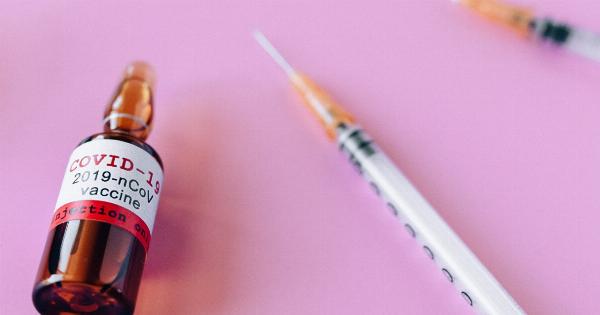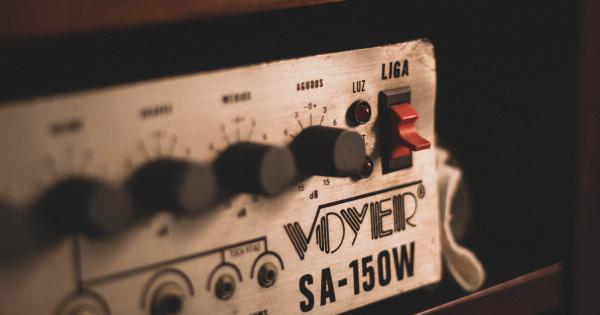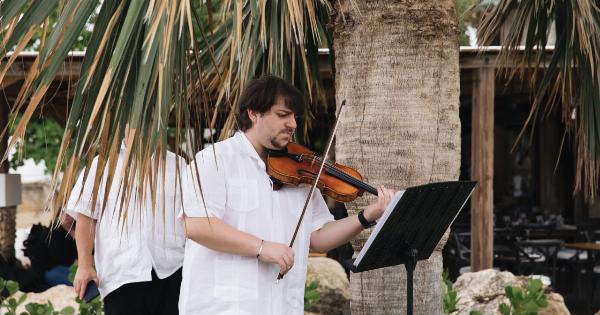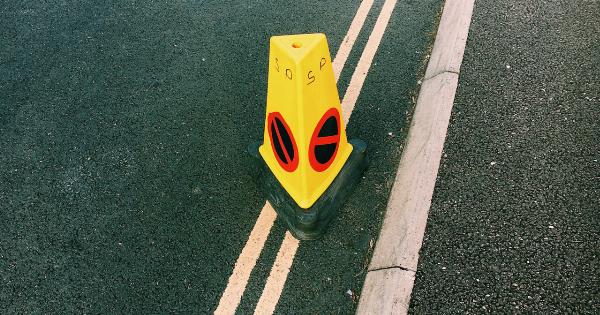Autism is a lifelong developmental disability that affects how a person communicates, understands spoken language, interacts socially, and is perceived by others.
It can be a challenging condition to manage, particularly when it comes to socialization and communication. However, music therapy has shown promising results in improving concentration, socialization, and communication skills in individuals with autism. Here are the top musical instruments that are recommended for music therapy for autism:.
1. Percussion Instruments
Percussion instruments like drums, tambourines, and maracas are excellent choices because they offer sensory stimulation, tactile and auditory feedback, and are easy to play.
The repetitive motions of drumming, for instance, have been found to help autistic individuals focus, reduce anxiety, and improve self-esteem. Percussion instruments are also great for group play, helping to promote social interaction and communication.
2. Stringed Instruments
Stringed instruments, such as guitars, violins, and ukuleles, are also recommended in music therapy for autism. These instruments aid cognitive and physical development, improve dexterity, and offer emotional expression.
Playing a guitar, for example, may involve complex finger movements, providing a sensory-rich experience that may enhance motor skills, coordination and body awareness. Additionally, stringed instruments allow for self-expression and can be used to improve communication and socialization skills.
3. Keyboards
Keyboards are versatile instruments that are perfect for music therapy for autism. They enhance cognitive and motor skills, provide immediate auditory feedback, and allow for creative exploration.
Playing a keyboard requires the coordination of hands, fingers, and eye tracking, providing an excellent opportunity for physical development and hand-eye coordination. It can also promote focus, attention, and self-awareness. With a keyboard, you can create different sounds and melodies, allowing for creative expression and improving communication skills.
4. Wind Instruments
Wind instruments, such as the flute, recorder, and harmonica, offer a unique sensory experience. Autistic individuals tend to be responsive to sounds, and wind instruments provide tactile feedback in addition to auditory feedback.
The sound of a wind instrument is created by air pressure, which helps to regulate breathing and promote relaxation. Playing a wind instrument also trains hand-eye coordination and diaphragm control, which can improve motor skills and posture.
5. Bell Kits
Bell kits are a type of percussion instrument that offer unique sensory feedback. They provide opportunities for hand mobility and awareness, as well as auditory stimulation.
Playing a bell kit involves hitting the bells with mallets, which provides a unique tactile experience. The sound produced is soothing and calming, which can be helpful for relaxation and reducing anxiety. Bell kits also encourage team play, promoting socialization and communication skills.
6. Hand Bells
Hand bells are an excellent choice for music therapy for autism that involves a group setting. Handbells offer tactile feedback and are perfect for exercises that involve patterns, like following a tune.
They offer a unique sensory experience and are great for promoting teamwork and socialization. Handbells also promote fine motor skills, spatial reasoning, and auditory perception.
7. Electronic Drums
Electronic drums are a modern option that is perfect for music therapy for autism. Electronic drums offer auditory feedback and are perfect for individuals who are particularly sensitive to sounds.
They offer a range of sound options and can be utilized for creative expression. Electronic drums are also highly customizable, allowing for the creation of structured patterns that can be tailored to the individual’s needs.
8. Boomwhackers
Boomwhackers are one of the most accessible musical instruments for music therapy for autism. They are lightweight, portable, and promote teamwork and socialization.
Boomwhackers provide different pitches and are color-coded, making them easy to incorporate into team activities and games. They provide a unique and fun experience, promoting creativity and active participation.
9. Kalimba
Kalimba is a beautiful musical instrument made up of a wooden board with metal keys. It has a soothing sound that encourages relaxation and provides auditory feedback.
Kalimba is easy to play and can be adapted to different levels of ability, making it an ideal instrument for music therapy for autism. It also improves hand-eye coordination, fine motor skills, and cognitive processing abilities.
10. Xylophones
Xylophones offer an exceptional sensory experience for autistic children. They provide auditory feedback and mini percussive sounds, which can highly facilitate cognitive development.
Xylophones are excellent for promoting fine motor skills, spatial reasoning, problem-solving skills, and emotional expression. The instrument is also versatile, allowing for structured or free play, depending on the needs of the individual.
Final Thoughts
Autism can be challenging to manage, but music therapy has shown promising results in improving concentration, socialization, and communication skills in affected individuals.
By incorporating the right musical instruments, you can make a significant difference in the lives of these individuals. So, what are you waiting for? Try out these instruments today and see how music therapy can improve the quality of life of people with autism.


























